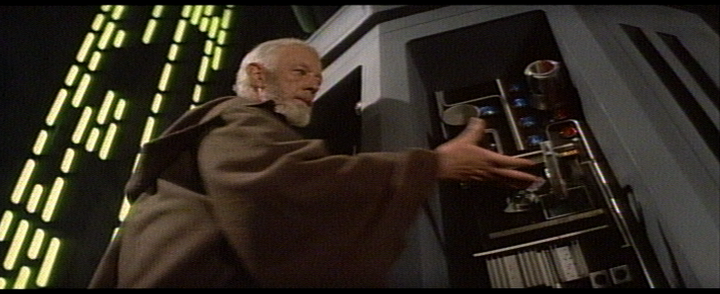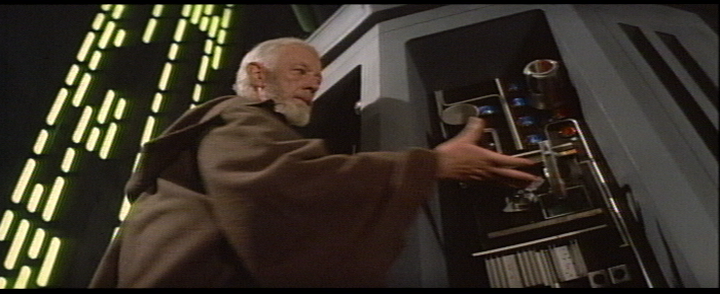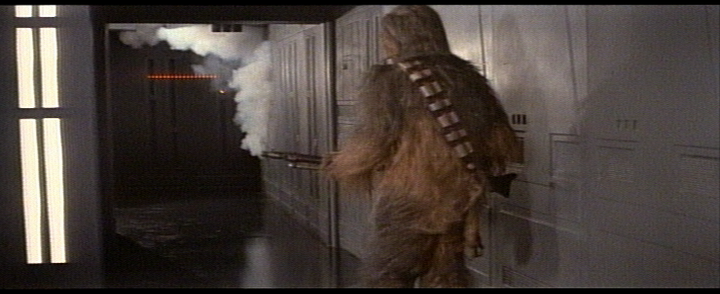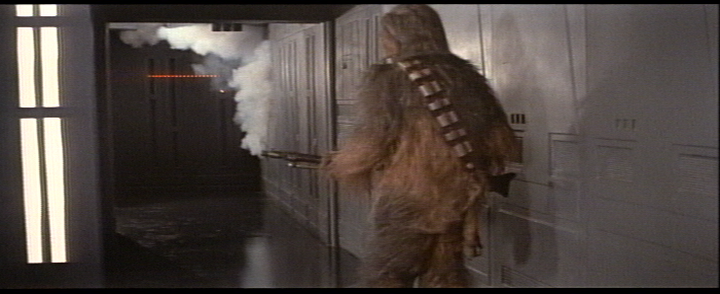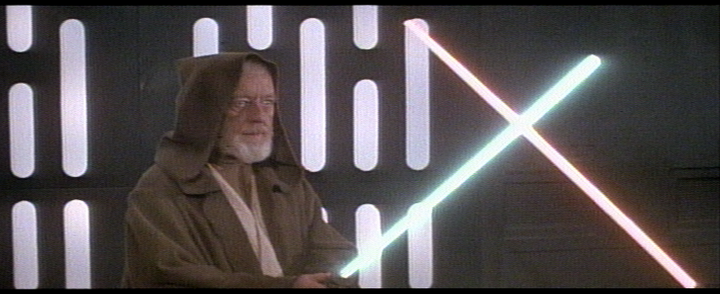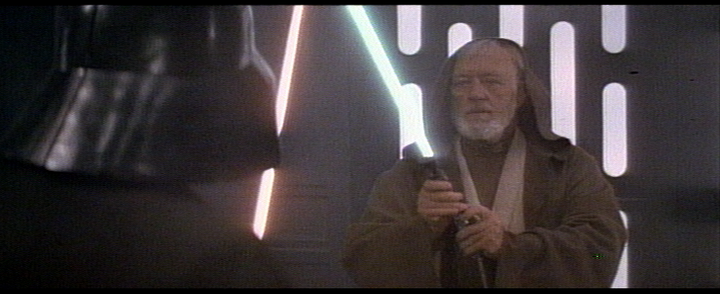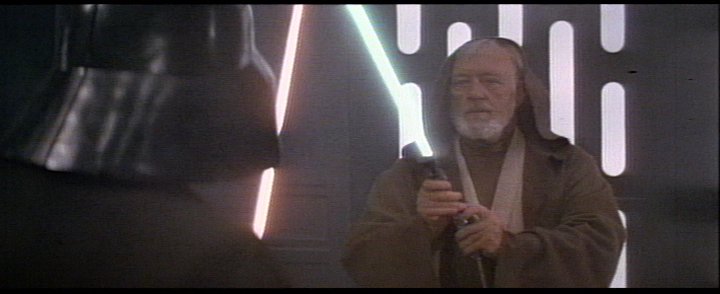g-force said:
althor,
So LD decode is the software decode? I don't see any artifacts, but I do see much more detail, and reduced ringing as you said! There are looking great! Can't wait to see how far you take this.
-G
I guess the screenshots don't show it but when watching the video there's a lot of dot crawl and rainbowing happening but that's to be expected when you basically disable the comb filter :). Yes, Ld-decode is the software version. You basically capture the full RF stream with an sdr. This means the raw file contains all of the video,audio,CC,LD-G and whatever else information is on the laserdisc. The software then decodes this raw file entirely in the digital domain. I think right now video and analog audio is implemented with digital audio decoding soon to follow. I'm not sure about ld-g and cc support but I guess anything is possible. PAL might be implemented soon as well. The guy doing the coding seems to really know his stuff and he's been very helpful with getting me setup to use the software.
msycamore said:
Impressive result. The software decode seems very promising. A clear improvement! There is obviously less video noise and dot crawl in the R7G screenshots due to the steps it went through (3d comb & 5x average) but it also looks like the noise reduction did more harm than good.
So does your R7G work again? Sorry to hear the SWE LD was just another ISR LD. They are not completely useless though, they contain a lot of frames which the JSC LD lack so they can be used for patching holes in the JSC print to some extent if that is desirable.
The R7G also had 30% YNR strength from the player I believe. The 5xaverage is quite beneficial normally I believe. The R7G denoiser does tend to bring forth a digitized look and as always a loss of detail. I will probably not do a 5xaverage with the LD-Decode versions because the filesizes are huge and decoding takes a seriously long time. For example 1 side of a CAV disc is about 50GB in RF data. You decode that to rawvideo with RGB48 colorspace and the filesize is about the same or bigger and the decoding takes something like 5 hours. Anyway, the LD-Decode method introduces far less noise since digitization takes place way earlier in the chain and it never strays back into the analog domain.
The R7G is still not working. I'm maybe going to let it collect dust for awhile since I just got a cld-s315 that works great and since I'm tapping the RF it doesn't matter how crappy the player is since you are nabbing the signal right after it leaves the optical pickup. I will probably buy a cheap oscilloscope and try to do a full service adjustment on it but that's going to have to wait until I have some money. The LD-D screenshots were captured with the cld-s315 btw :).
EDIT: Speaking of pal is there anybody that can confirm these are the same as the coffret trilogie that Antcufaalb recommended to me here?
